In Fall 2025, U.S. universities reached record enrollment levels. Cities like Boston, Los Angeles, and Chicago reported historic highs, despite widespread warnings about the looming “demographic cliff.” This paradox—rising student numbers amid shrinking youth populations—raises important questions about strategy, student choice, and the evolving shape of American higher education.
Understanding the Demographic Cliff
Demographers long predicted a steep drop in college-age individuals due to declining birth rates beginning in the early 2000s. By the mid-2020s, the pool of 18-year-olds was expected to contract significantly. Rural and mid-sized communities were projected to feel the harshest effects, yet national enrollment trends tell a more complex story.
Metropolitan Resilience Against Decline
Urban centers have largely defied expectations. In Boston, international students—accounting for nearly one in four enrollees—helped offset domestic declines. Los Angeles colleges leveraged program diversification, financial aid expansion, and strong community college partnerships to maintain growth. These strategies highlight the ability of metropolitan institutions to adapt and thrive amid demographic challenges.
The Power of Urban Magnetism
Cities such as Chicago continue to attract students globally. Enhanced campus visits, virtual tours, and outreach programs have broadened their reach. Seattle’s universities capitalized on hybrid models, offering flexible online and in-person courses that drew students nationwide. Urban magnetism, supported by innovation and branding, redefines enrollment potential beyond geographic limitations.
Branding Higher Education in Cities
Coastal hubs like New York, Miami, and San Francisco have doubled down on marketing campaigns. By positioning universities as centers of culture, innovation, and career opportunity, these cities remain attractive destinations for applicants. For many students, the allure of studying in vibrant metropolitan areas outweighs demographic downturns.
International Students as a Lifeline
International enrollment is now a critical engine. Universities in Houston and San Diego report substantial gains from students in South Asia, the Middle East, and Africa. These students, often paying full tuition, offset domestic shortfalls. Their presence reinforces both financial stability and the cultural richness of American campuses, supporting record enrollments.
The Rebound of Global Markets
While international enrollments dipped in recent years, Fall 2025 saw significant rebounds. Renewed interest from emerging markets has restored momentum. This shift demonstrates that U.S. higher education remains highly attractive abroad, even amid global competition. Strategic outreach and scholarship opportunities are helping universities secure strong footholds in diverse international regions.
Smarter Enrollment Strategies
Admissions offices nationwide are becoming more innovative. In Atlanta and Minneapolis, outreach to underrepresented communities, partnerships with high schools, and targeted scholarships have expanded applicant pools. Philadelphia colleges, supported by philanthropic donors, used endowed funds to provide substantial aid packages. These approaches highlight how creative strategies can counter demographic pressures.
Alumni Networks and Scholarships
Alumni engagement also plays a growing role. Universities are leveraging graduates to recruit globally, mentor applicants, and fund scholarships. These networks, combined with increased aid, help institutions attract students who may otherwise face financial barriers. Such strategies reveal the importance of community-driven approaches in sustaining enrollment momentum.
Regional Disparities Persist
Not all institutions are sharing in the success. Rural colleges, particularly in the Midwest and Appalachia, continue to struggle. Without robust financial aid or online programs, many face declining enrollments. The divide between adaptive metropolitan institutions and vulnerable rural colleges is widening, reflecting the uneven geography of higher education resilience.
Smaller Schools Fighting Back
Despite challenges, some smaller colleges are innovating. In Vermont and Iowa, cooperative education models and partnerships with local industries are sustaining numbers. Shared curricula across multiple campuses also help maximize resources. These examples demonstrate that even in demographically pressured areas, creativity and collaboration can slow or reverse enrollment declines.
Rethinking the Cliff
Record enrollments suggest the “demographic cliff” may not be an inevitable collapse. Instead, it resembles a dip mitigated by institutional adaptation. Technology, financial aid, inclusive recruitment, and international outreach show that universities can expand markets and thrive—even when traditional applicant pools contract. The cliff is real, but navigable.
Resilience at the Core
At its heart, the story of Fall 2025 underscores higher education’s resilience. Institutions willing to pivot, embrace innovation, and reach beyond old boundaries are finding success. This moment demonstrates the adaptability of U.S. colleges and their ability to redefine opportunity, even against demographic headwinds.
The Fall 2025 enrollment boom is neither a full triumph nor a looming collapse—it is a dynamic recalibration. Cities like Boston, Los Angeles, and Chicago prove that higher education remains strong, provided institutions adapt. As the late 2020s approach, the future will belong to schools that innovate most effectively.

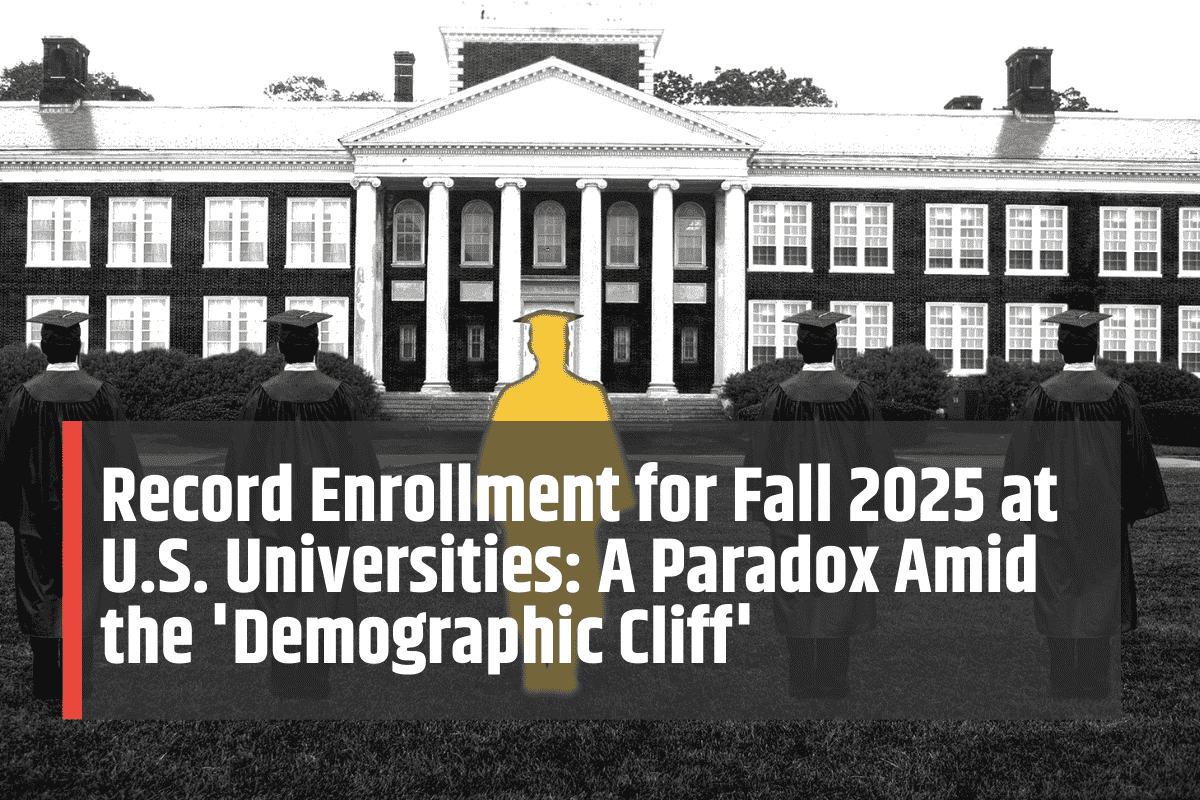
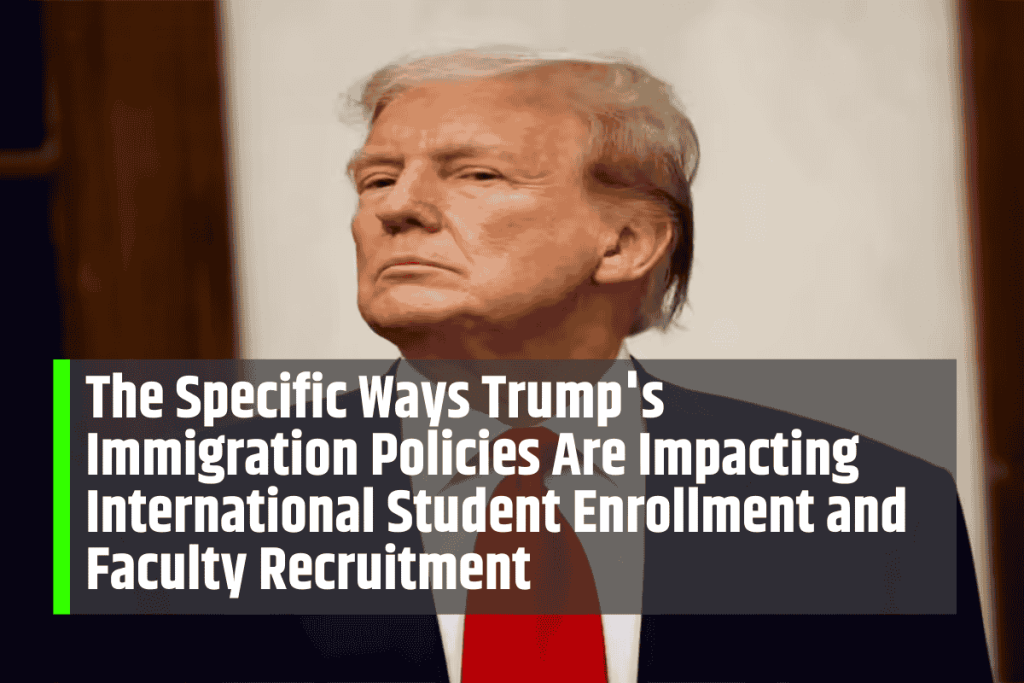

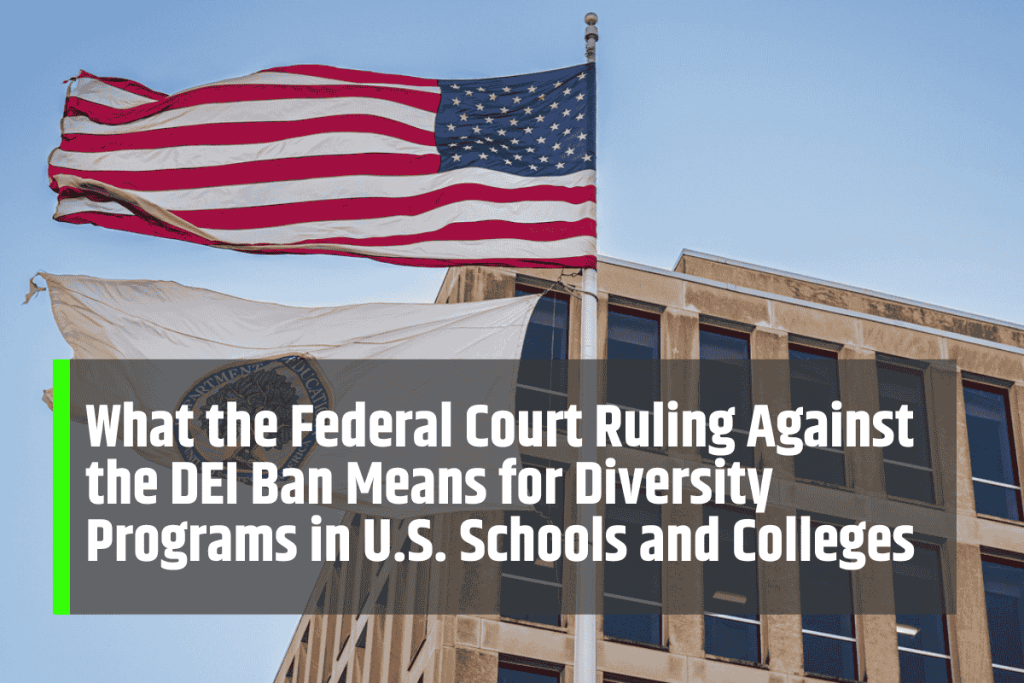
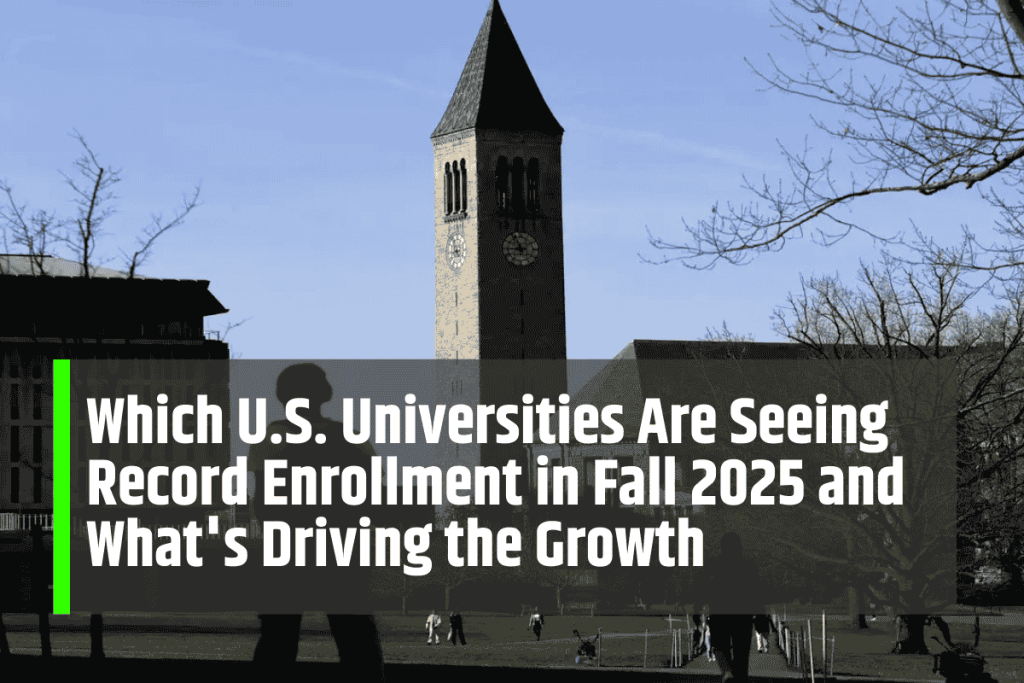
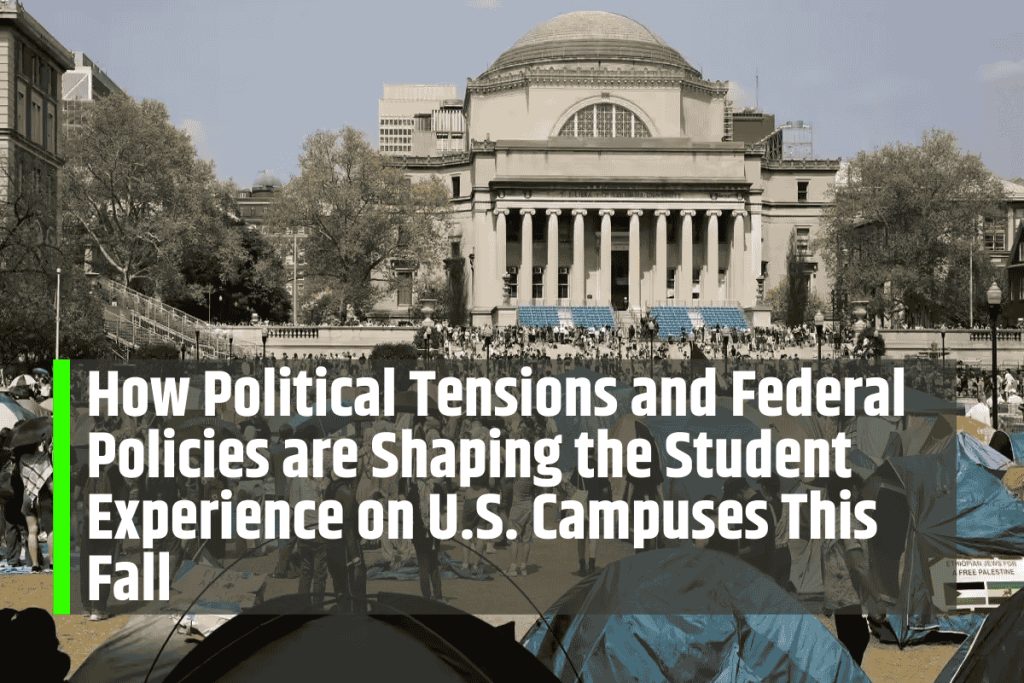
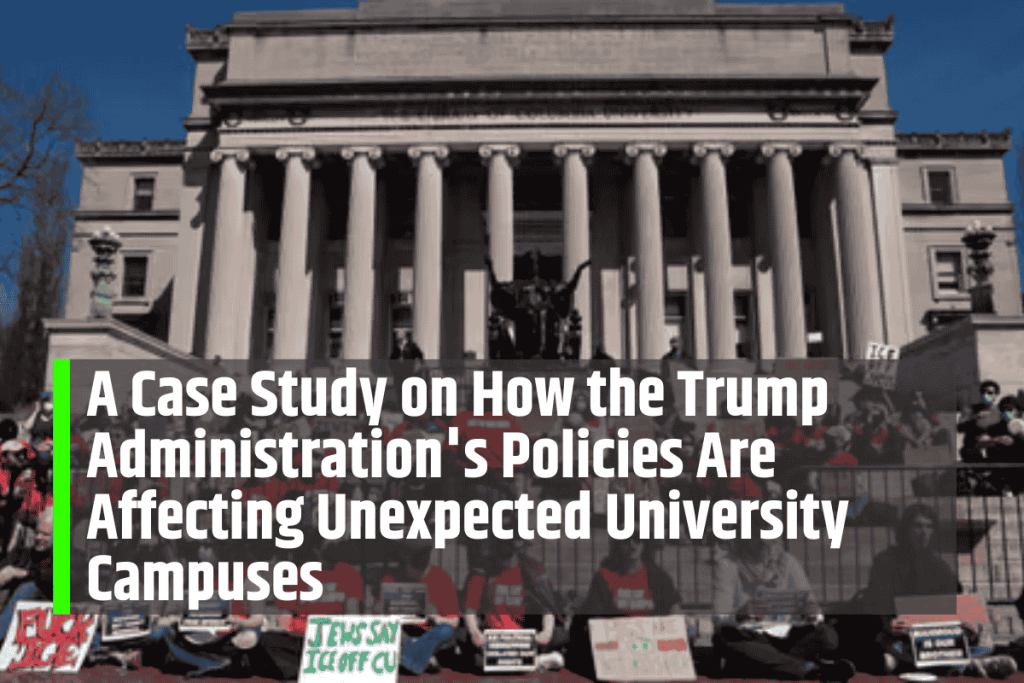



Leave a Comment